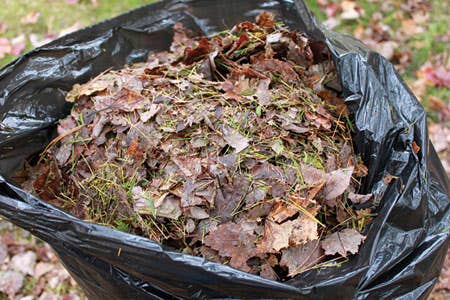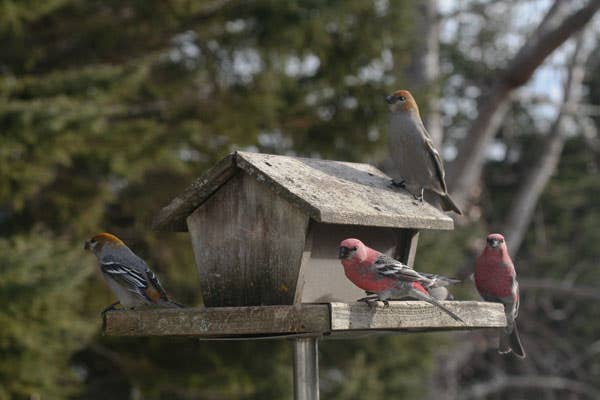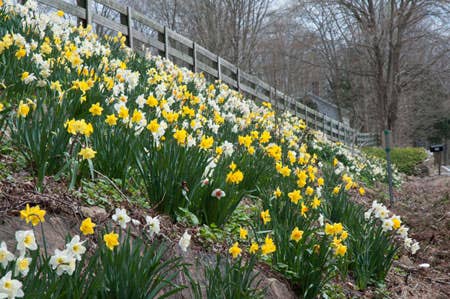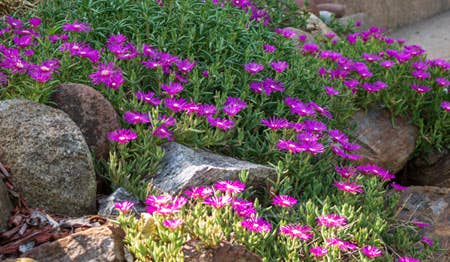Q&A: How to Prune Climbing, Rambling Roses
I’ve never pruned them and don’t want to jeopardize next year’s growth by being too much of a bully or too timid with my pruning shears. How do I know what to snip?
Question: I’m living in a new home for the first year and attempting to keep the beautiful climbing roses that came with the home thriving. I feel fortunate that I have so many climbing roses, but the area appears overcrowded. I’ve never pruned them and don’t want to jeopardize next year’s growth by being too much of a bully or too timid with my pruning shears. How do I know what to snip?
L.D.
Darien CT
Answer: There are two main type of roses used as climbers and they need quite different pruning treatment. First, as a fundamental, when planting either, always train the shoots out horizontally to help cover the support and encourage the production of flower buds (see Training Basics below).
Rambling Roses
Ramblers produce lots of new shoots from ground level. To stop the plant from becoming overcrowded, simply cut back one third of the old flowering shoots to ground level after flowering. Be careful when removing the stems as they can become tangled in the new growth and damage it. Generally, rambling roses are the largest-growing and most vigorous roses.
Climbing, Shrub and Miniature Climbing Roses
Climbing, shrub and miniature climbing roses need to build up a framework of flowering wood. Once the framework fills the allotted space, annually cutting back shoots that have flowered to three or four buds will stimulate the growth of new flowering shoots.
Occasionally cutting out an entire stem keeps the rose young and vigorous. The only other pruning necessary is a light trim to tidy up spindly or damaged growth. Pruning in midwinter, when the plant is fully dormant, is the preferred time. If the name of your climber is prefixed with the word “climbing” as in Rosa ‘Climbing Ena Harkness’, it’s a climbing sport of a bush rose. It is very important not to cut such roses back hard when they are young since they will revert to a bush form.
*Training basics: Once you have detached the climber from its cane, don’t be tempted to train all the stems vertically. Growing shoots are programmed to develop against gravity: train them vertically and each stem will grow just one new shoot from the terminal bud, meaning you cover only a narrow area. Training stems horizontally will not only help the climber cover a much wider area, it also encourages the production of flower buds.
Strange growth, no blooms or are you wondering the best way to transplant? Just ask, and the Horticulture editorial team will take a stab at answering your ailment or query. E-mail edit@hortmag.com







